Acetaminophen: Pain and Fever Reducer!
Acetaminophen, also known as Paracetamol, is the most common pain reliever and fever reducer. It is typically used for mild to moderate pain. It is often sold in combination with other ingredients such as in many cold medications. In combination with opioid pain medication, paracetamol is also used for more severe pain such as cancer pain and after surgery. Effects last between two and four hours.
Paracetamol is generally safe at recommended doses. It is classified as a mild analgesic however it does not have any anti-inflammatory effect like Ibuprofen.
What does Acetaminophen look like in Chemistry?

Let’s Get Building!
Using your Student Molecular Set from Duluth Labs let’s create Acetaminophen! You’ll need:
-
8 Carbon Atoms
-
1 Nitrogen Atoms
-
2 Oxygen Atoms
-
9 Hydrogen Atoms
-
9 Small connectors (compact short bonds for hydrogen)
-
7 Medium connectors
-
8 Long connectors (double bonds)
-
Molecular Tool (for Disassembly)
Put aside all the atoms and connectors needed.
Let’s Start Building With Our Amide Group.
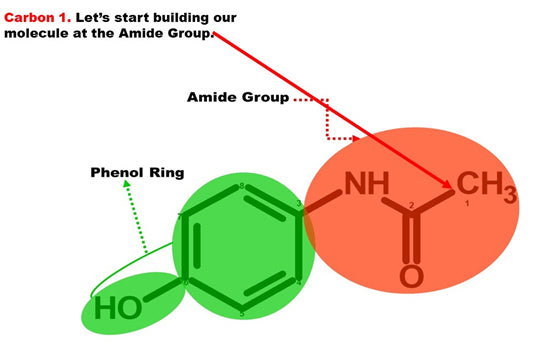
Note: We build this portion in a clockwise direction, starting with Carbon 1.
Let’s start!
Steps:
-
1

1. Get a carbon atom (Carbon 1) then attach another carbon (Carbon 2) to it using a medium connector. Add three hydrogen atoms to Carbon 1 using 3 small connectors.
-
2

2. Attach an Oxygen atom to Carbon 2 using two long connectors.
-
3

3. Get a Nitrogen atom and attach this to Carbon 2 using a medium connector. Then attach a Hydrogen atom to the Nitrogen using a small connector.
-
4

Yay! We've just built our Amide Group Portion!
Note: Let’s now build the Phenol Ring portion of our Acetaminophen molecule. We build this portion in a clockwise direction, starting with Carbon 8.

Let’s start!
Steps:
-
1
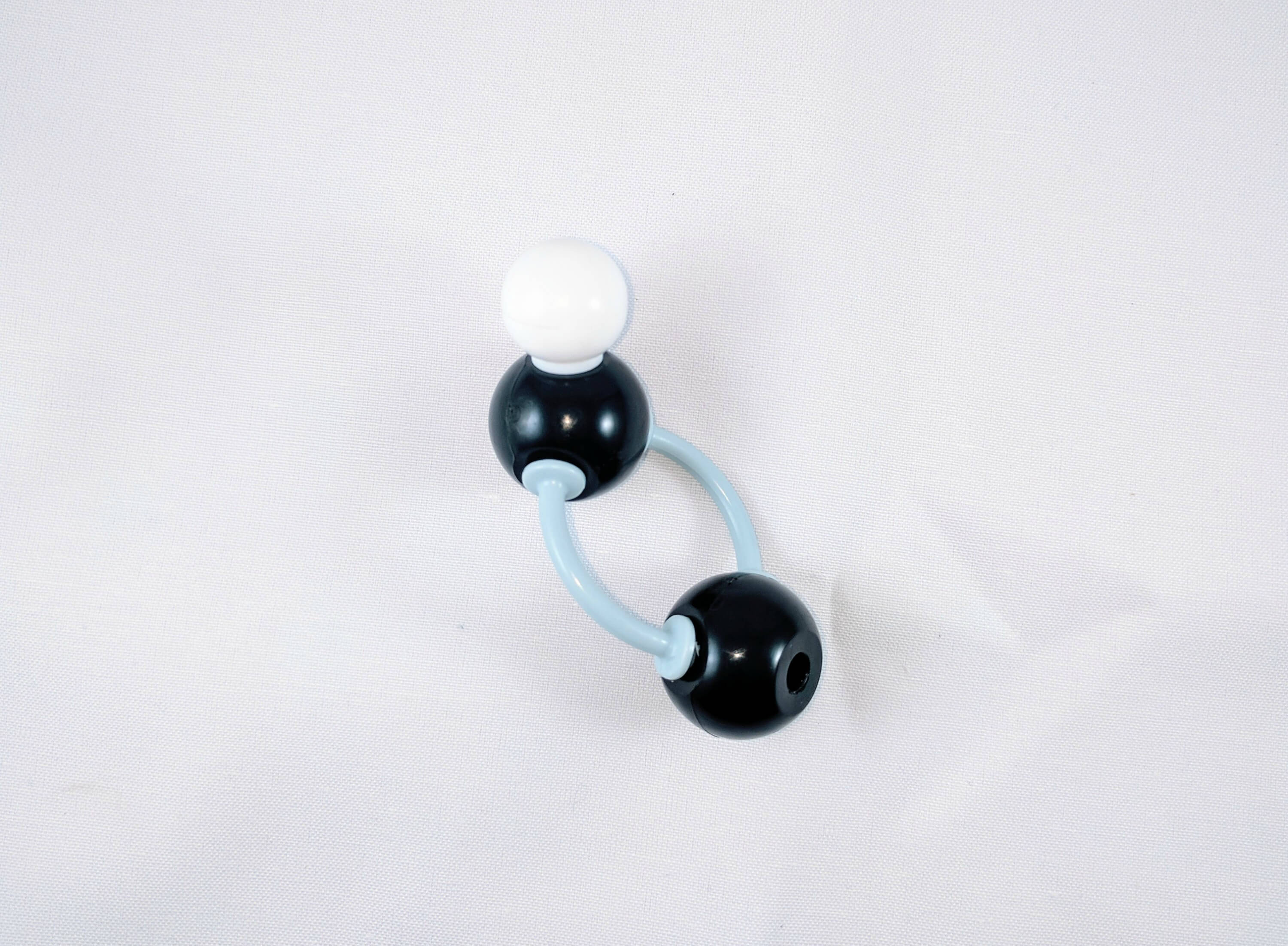
1. Get one carbon atom (Carbon 8) then attach this to Carbon 3 using two long connectors. Then, attach a Hydrogen atom to Carbon 8 using a small connector.
-
2

2. Using a medium connector join Carbon 3 (of the Benzene Ring) to the Nitrogen atom (of the Amide Ring) together.
-
3
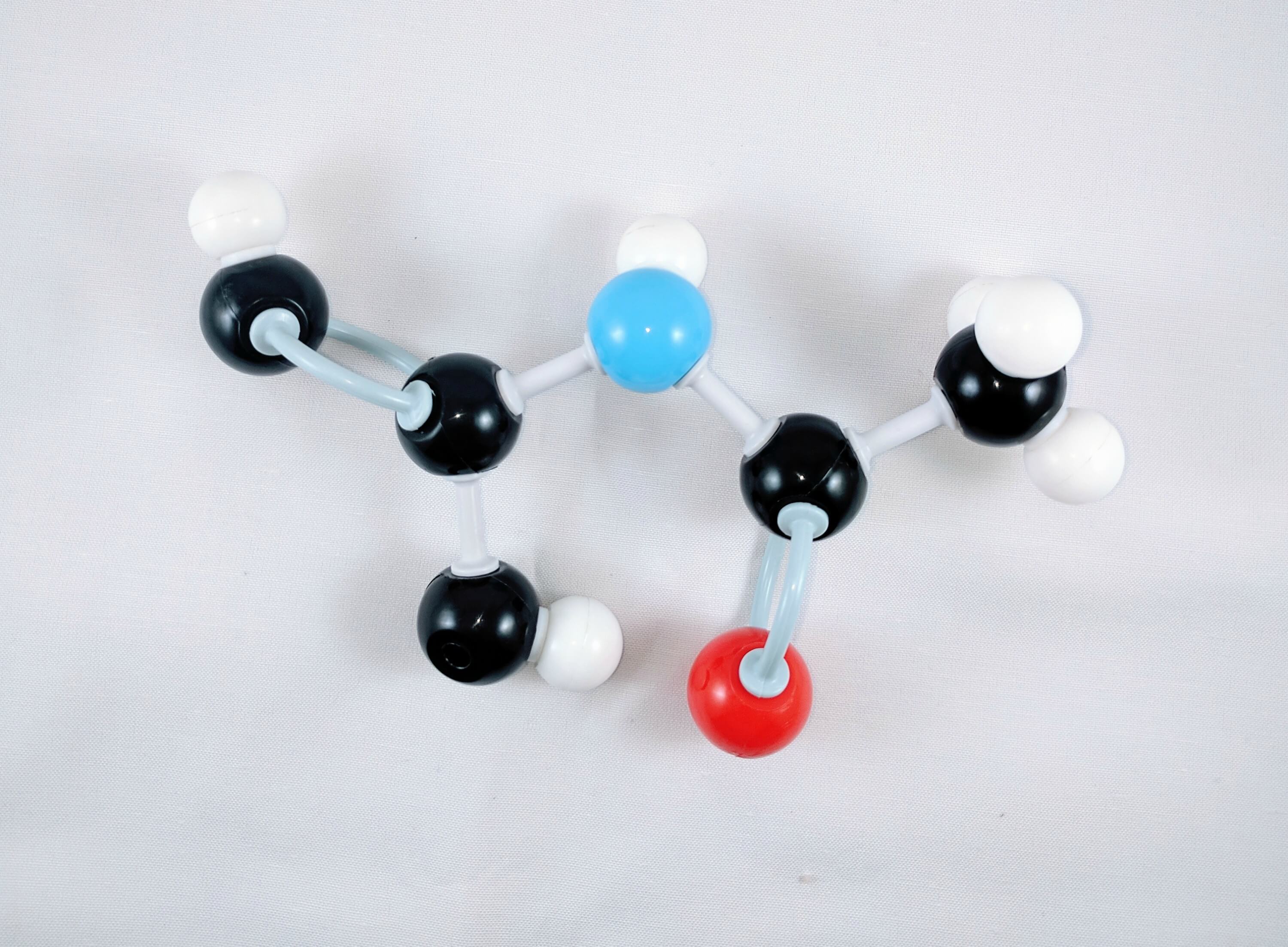
3. Get another Carbon atom, (Carbon 4) and attach to Carbon 3 using a medium connector. Then add a Hydrogen atom to Carbon 4 using a small connector.
-
4
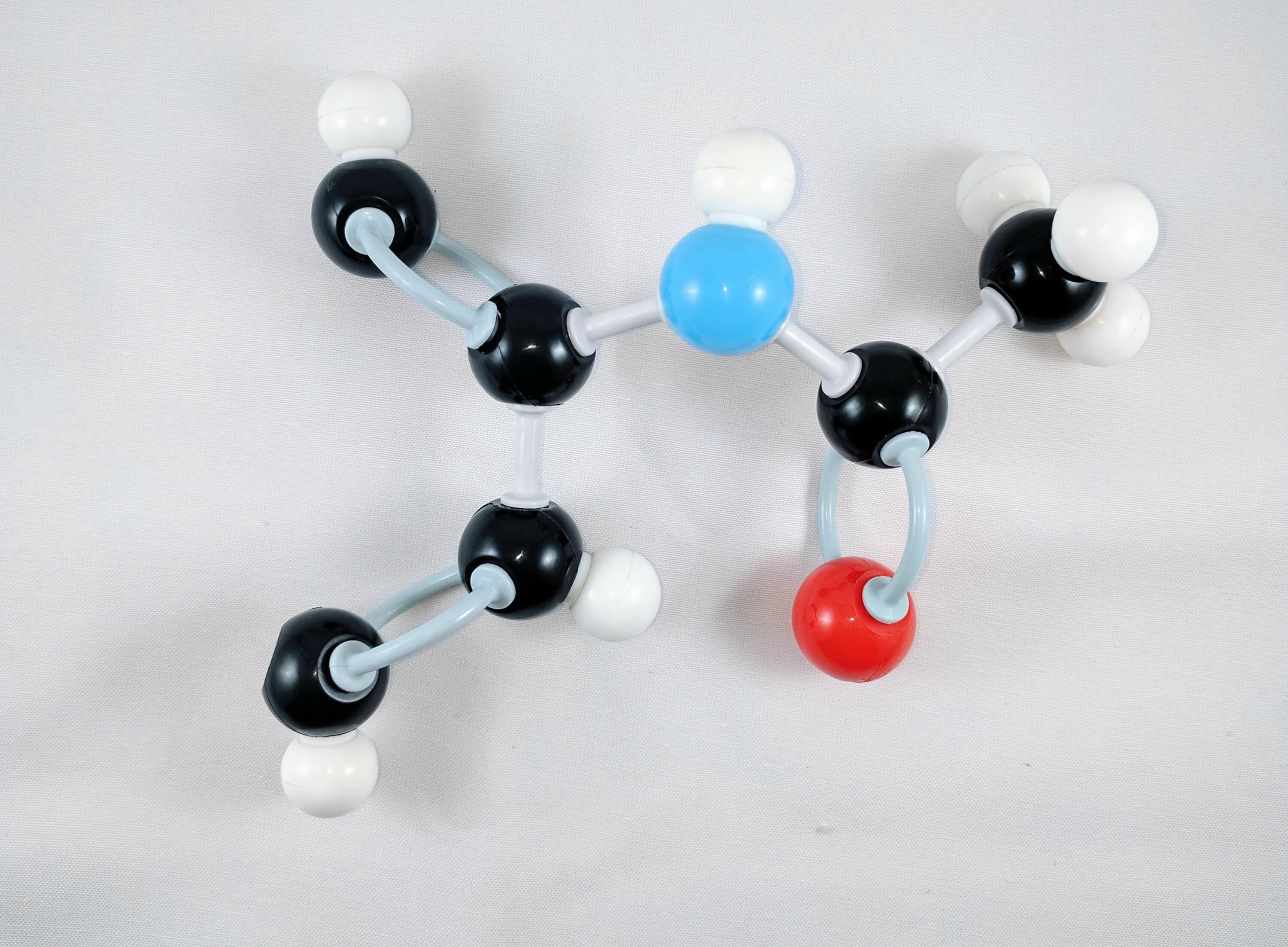
4. Attach another Carbon atom (Carbon 5) to Carbon 4 using two long connectors. Then attach a Hydrogen atom to Carbon 5 using a small connector.
-
5
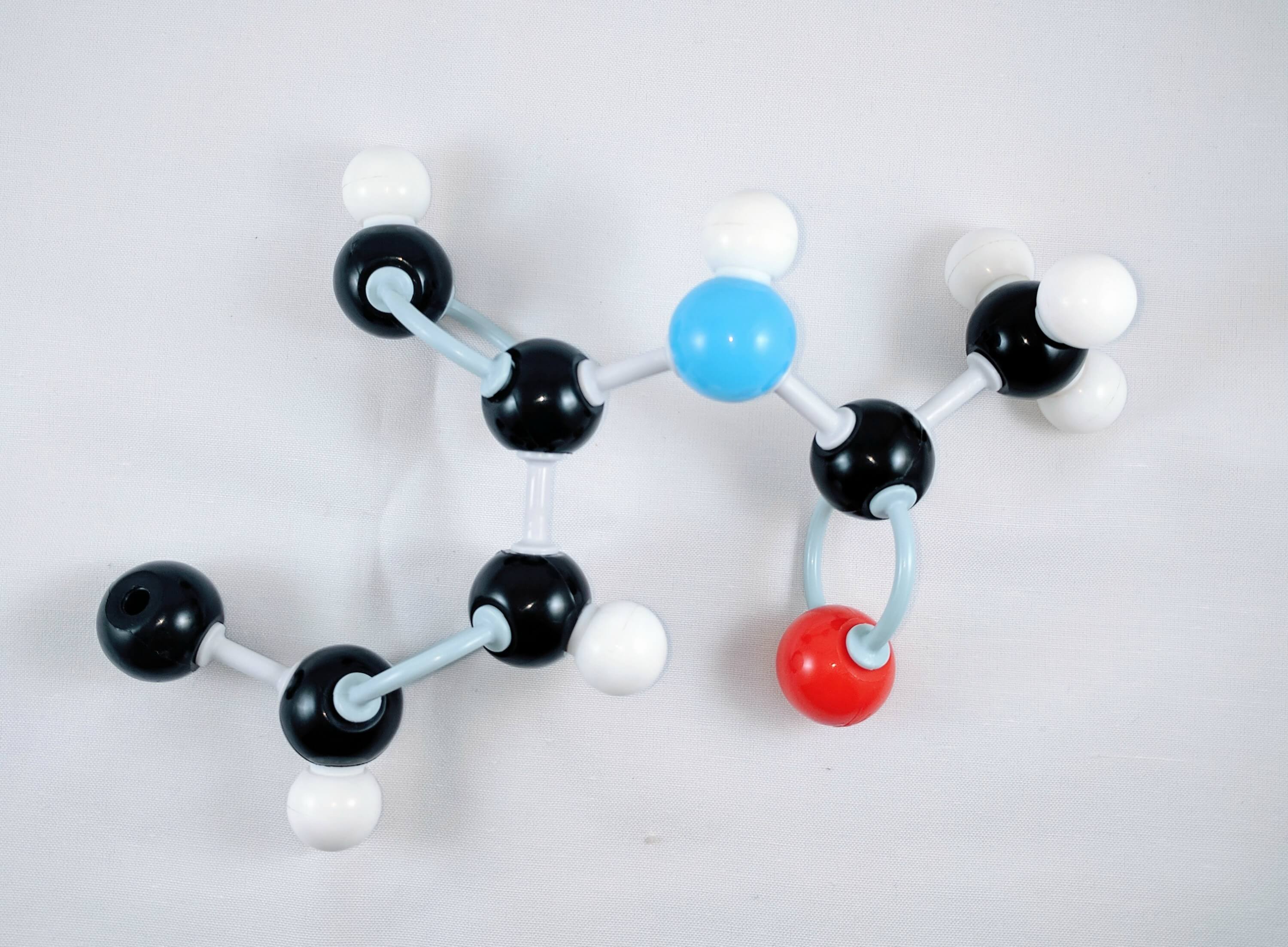
5. Using a medium connector, attach another Carbon Atom (Carbon 6) to Carbon 5.
-
6
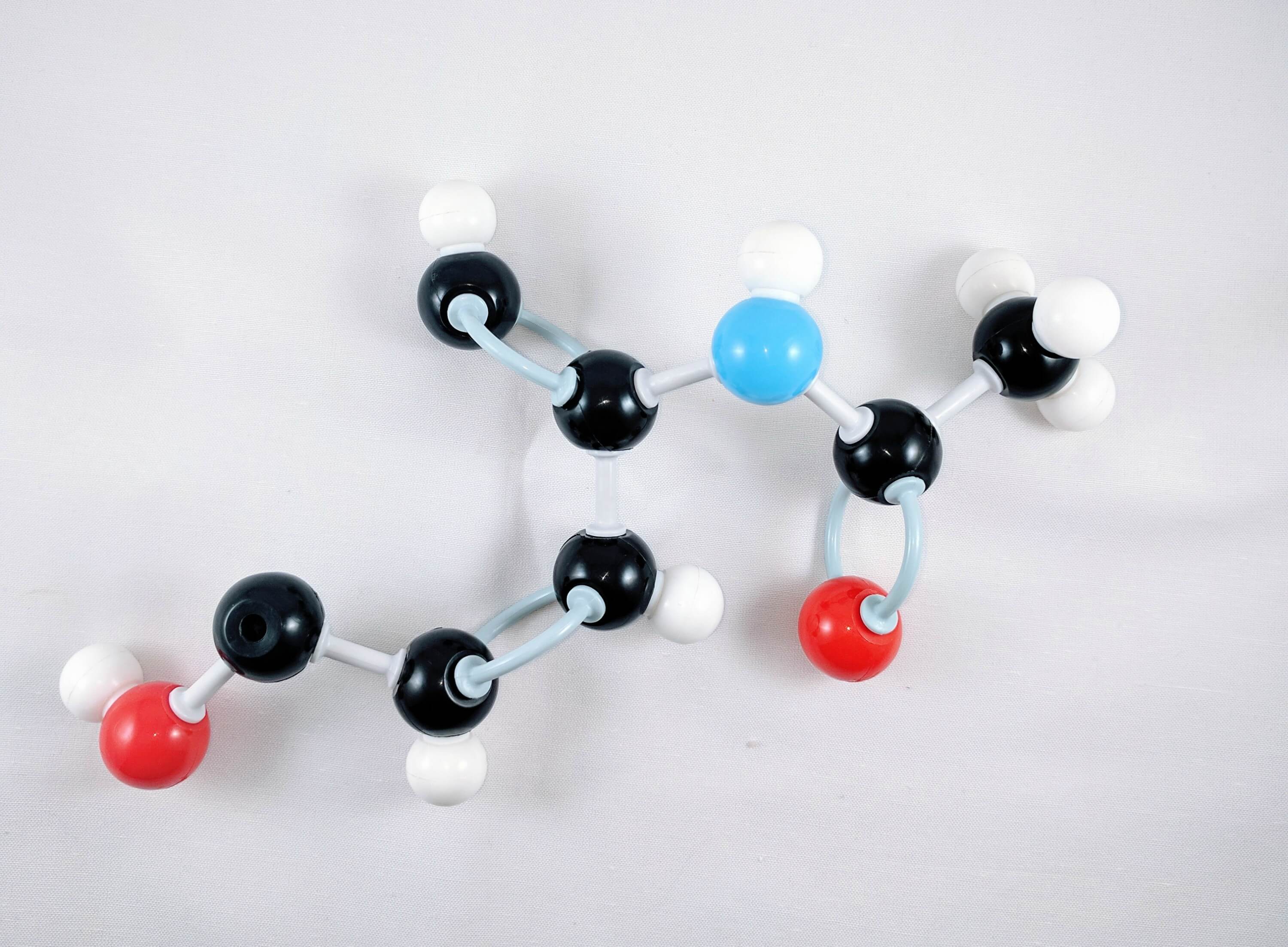
6. Using a medium connector, attach an oxygen atom to Carbon 6. Then use a short connector to attach a hydrogen atom to the oxygen atom.
-
7
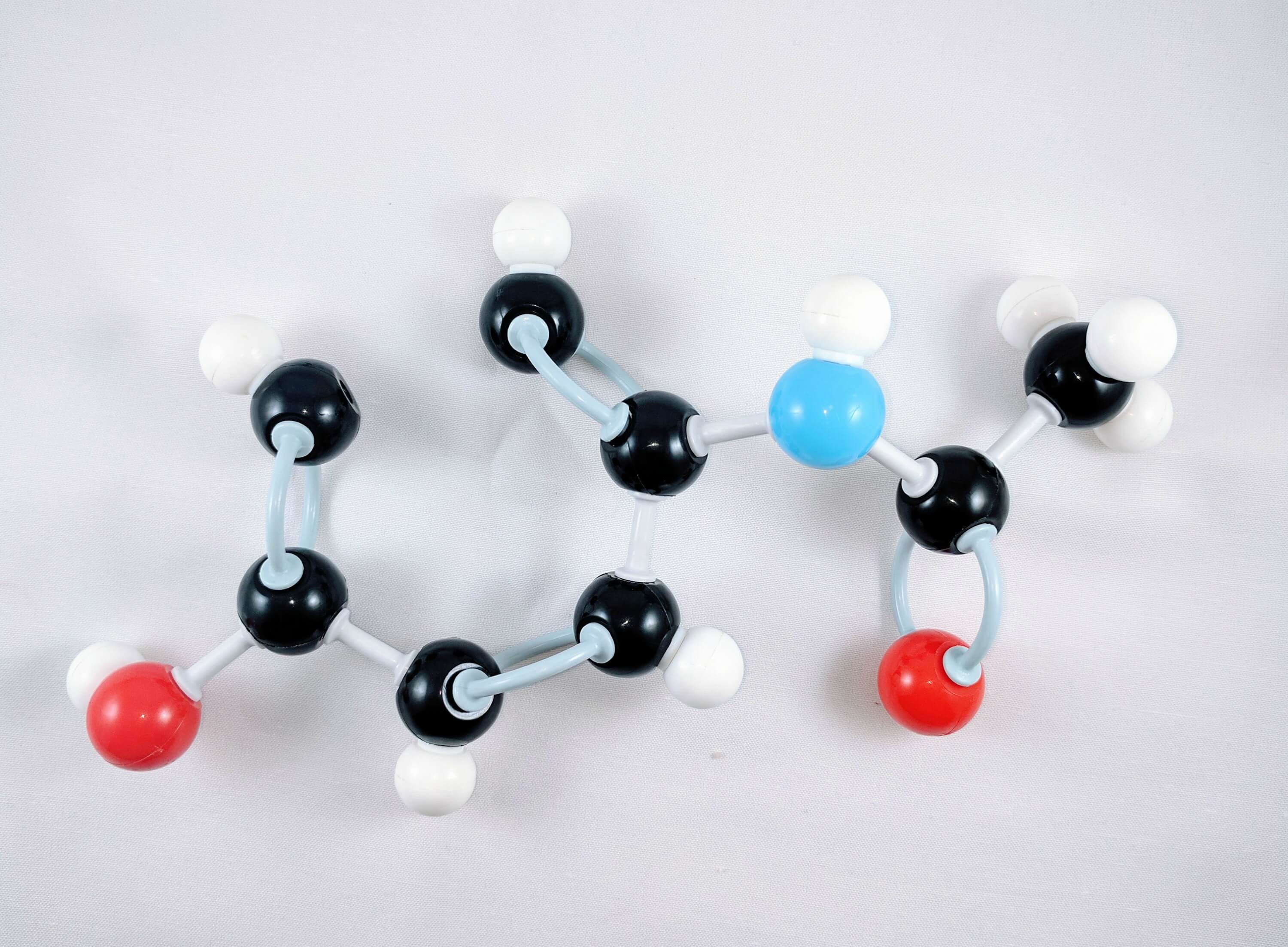
7. Then, get a Carbon atom (Carbon 7) and attach it to Carbon 6 using two long connectors. Place a Hydrogen atom on Carbon 7 using a small connector
-
8
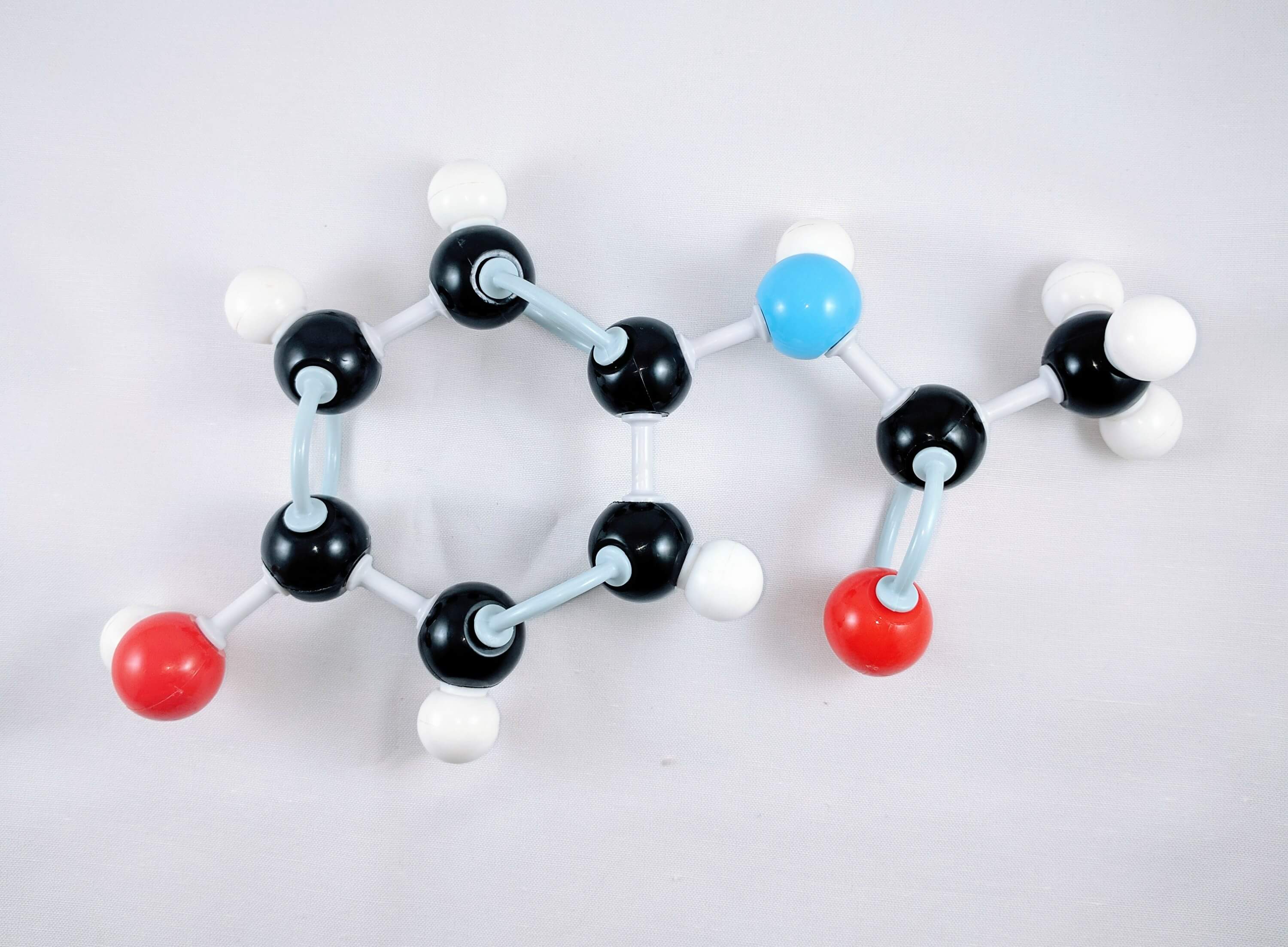
8. Finally, use the medium connector to attach Carbon 7 to Carbon 8.
-

Yay! We've just built our
Acetaminophen Molecule!


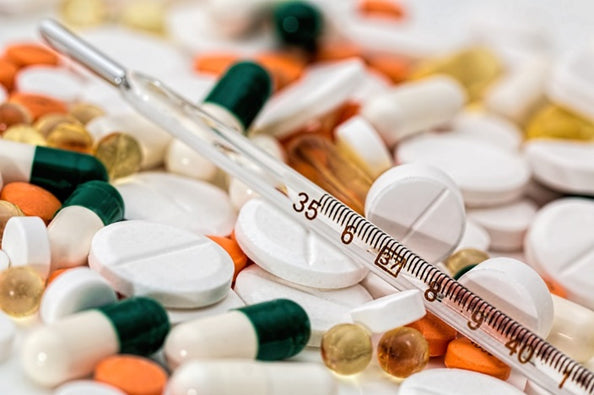









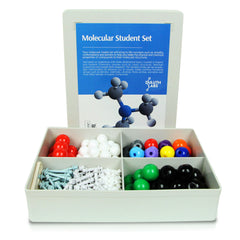
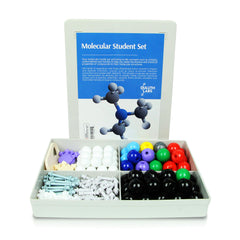
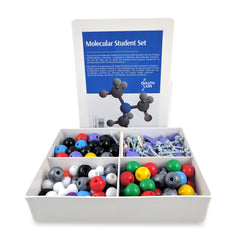
Muchas gracias. ?Como puedo iniciar sesion?